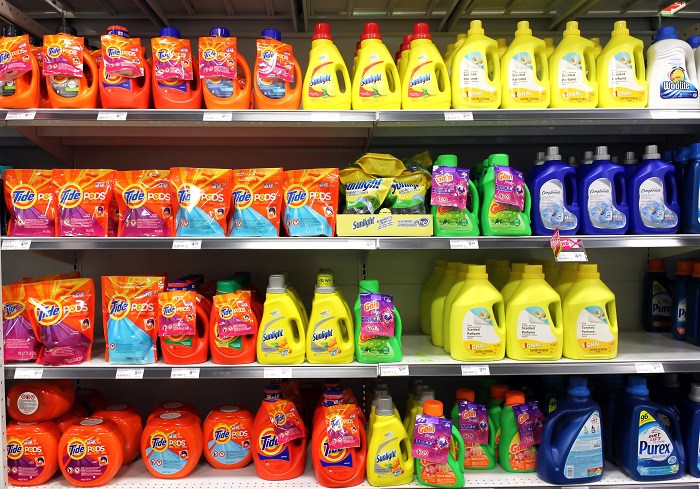
What do consumers see when they’re standing in front of a shelf or a product display? Retailers would hope that shoppers’ gazes are drawn to high-margin items and promotional discounts, but everything from supply chain issues, overworked in-store employees and plain consumer preference can get in the way of shoppers buying exactly what merchants want them to.
However, Trax and Fei Fei Ho believe that injecting a little data-driven analysis into modern shelf displays can work wonders.
Ho explained in an interview that Trax originally began not as a way for brick-and-mortar retailers to fight back against eCommerce’s rapid gains but rather as a way to balance the precise data of online shopping with the familiarity and convenience of browsing an actual shelf. However, the scales are tipped in that fight — online retailers don’t need to contend with limited floor and shelf space when displaying products on a site. With Trax’s SaaS-driven solution to in-store displays, Ho explained that retailers can start designing product layouts based on factors most likely to induce sales, all by simply snapping a picture of a shelf and waiting for Trax to crunch the numbers on how it could be improved.
“The processes around managing product shelf layouts is largely manual to date, and as such, the results are inaccurate, inconsistent and often untimely to changing needs of the marketplace,” Ho said. “Trax has revolutionized this process by providing an accurate, reliable and real-time view of the on-shelf reality for retailers. What’s more, we correlate our Trax compliance data with POS data to understand and measure the effectiveness of planogram and shelf strategies.”
What does Trax look for when suggesting improvements? A host of factors, including duplicate products in the same area, missing or low-stock top-selling items that competitors are carrying and empty spaces that could be good candidates for other items. Ho noted that while Trax’s solutions help create more efficient product displays, the long tail of the technology can improve much more.
“It’s proven that by leveraging Trax, up to 60 percent of in-store productivity is gained versus manual audit solutions,” Ho said. “But the real advantage is not in the time-saving but the real-time insights that are provided to sales reps in the store. Not only are they alerted on immediate corrective actions required, they are provided in-store recommendations on category opportunities to drive sales volume uplifts.”
Trax entire suite of solutions works off of most smartphones, which means that in-store associates are always a notification away from restocking a popular item or reconfiguring a display to emphasize a particular item. While this helps on the front end of inventory management, freeing in-store employees from rote shelf-monitoring duties could allow them more time to assist shoppers or manage click-and-collect operations in increasingly demanding roles that can spoil consumer experiences if not managed correctly.
Ever-committed to streamlining the in-store experience, Trax also runs a consumer-facing app, Trax Cart, that integrates its data-driven approach to in-store inventory management for a streamlined shopping experience. Not only can shoppers check on the real-time availability of the items they intend to purchase before they ever walk through the doors, but they can chart their locations as well.
“We want to help make the retail experience stickier by providing consumers, manufacturers and retailers with real-time information on products in the grocer’s aisle,” Ho said. “The app would allow users to know if their products are in stock and exactly where they can find them in the store before they get there, easily locate specialty products specific to their lifestyle needs, view product ratings and reviews and get in-store promotions and discounts.”
Trax’s philosophy seems sound: To create a connected experience similar to online shopping, physical stores need to be connected and driven by as much data as their digital counterparts. Once B&M retailers get their own houses in order, they and Trax can start providing customers with incredibly refined in-store experiences they might never have expected before.